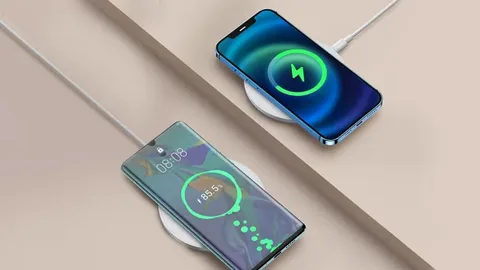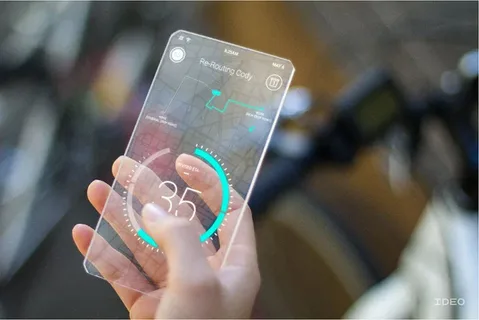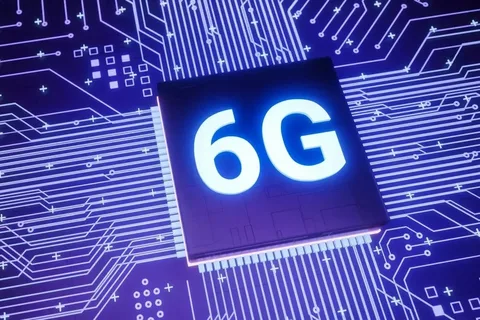
In today’s fast-paced digital world, battery life and charging speed have become critical factors when choosing a smartphone or any portable device. As mobile technology continues to advance, so has the demand for faster and more efficient charging methods. That’s where fast charging comes in a modern solution to a modern problem.
But what really separates fast charging from normal charging? Is it just about speed, or is there more to the story? To understand the difference, we need to first look at how each method works. Normal charging, also known as standard or conventional charging, typically provides power at a rate of 5 watts (5V/1A) to 10 watts (5V/2A).
It uses the basic USB charging protocols and has been the default for years. Charging your phone through a standard USB port on your computer or a traditional wall adapter is considered normal charging. It’s slower, but it’s also safer in many cases because it produces less heat and puts minimal strain on the battery.
On the other hand, fast charging (also known as quick or rapid charging) uses higher voltage and/or amperage to charge the battery at a significantly faster rate. Most modern fast chargers offer 18W, 25W, 45W, or even up to 100W of power, depending on the device’s compatibility.
Technologies such as Qualcomm Quick Charge, USB Power Delivery (USB-PD), Oppo’s SuperVOOC, OnePlus’s Warp Charge, and Xiaomi’s HyperCharge are examples of proprietary fast-charging methods that drastically reduce the time it takes to charge a device. For example, a phone that supports 65W fast charging can be charged from 0% to 100% in under 40 minutes, while the same device using normal charging might take nearly two hours.
The key to fast charging lies in its ability to deliver higher power without damaging the device. Modern smartphones and chargers are designed with intelligent charging circuits that control how much current flows into the battery.
These systems monitor the temperature, battery capacity, and internal resistance to ensure safety and efficiency. During the initial phase, fast chargers push a high current to quickly boost the battery level up to 50-70%, and then they slow down to protect the battery from overheating or overcharging. This staged approach makes fast charging both quick and relatively safe.
However, despite its speed, fast charging comes with certain trade-offs. One concern is the potential long-term impact on battery health. Higher charging currents generate more heat, and excessive heat is known to degrade lithium-ion batteries over time. Although most smartphones today are equipped with thermal management systems and safety protocols, frequent use of fast charging can slightly reduce the battery’s overall lifespan.
This doesn’t mean your battery will fail in a year, but it may lose capacity faster than a battery charged slowly and steadily. Another factor to consider is compatibility. Not all devices support fast charging, and not all fast chargers work with every phone.
Using a charger that delivers more power than your phone can handle won’t necessarily charge it faster in fact, it may not fast charge at all Some fast-charging systems also require both a special charger and a matching cable, meaning you can’t always use any available charger and expect fast results.
In contrast, normal charging is more universal and poses less risk in terms of compatibility and battery stress. It’s a reliable and consistent method that works across a wide range of devices, even older models. It might be slower, but it’s generally gentler on the battery, which makes it a better option for overnight charging or when speed isn’t a priority.
Fast charging, while convenient, is best used when you need a quick top-up during the day. Another area of comparison is portability and energy efficiency. Fast chargers are often bulkier and more expensive than standard ones. They may also consume slightly more energy, although the difference is minimal. Additionally, if you’re traveling or don’t have access to a compatible fast charger, normal charging becomes the fallback option, emphasizing the importance of universal USB compatibility and slower but safer power delivery.
It’s also worth noting that smartphone manufacturers are continually improving battery technology to cope with the demands of fast charging. Many new devices use dual-cell battery designs, split charging techniques, and advanced cooling systems to reduce the stress placed on the battery during high-speed charging. Some brands even include AI-based optimization features that learn your charging habits to slow down charging when you don’t need it fast, preserving battery health.
Conclusion
In conclusion the difference between fast charging and normal charging comes down to speed, technology, and long-term impact. Fast charging is a modern convenience that allows users to quickly power up their devices when time is limited. It uses higher voltage and current, supported by smart systems that manage heat and efficiency.
However, it may slightly affect battery longevity if used excessively. Normal charging, while slower, remains reliable and safer for routine charging, especially overnight or when you’re not in a hurry. As smartphones and devices become more advanced, balancing the benefits of fast charging with the care of battery health is key. Ultimately, both methods have their place—understanding when and how to use them ensures you get the best performance from your device for years to come.







